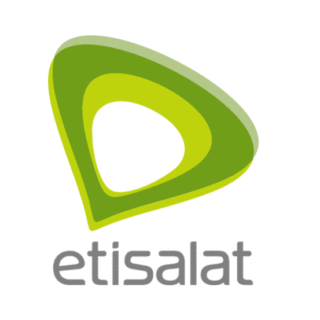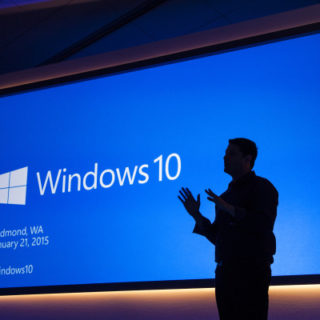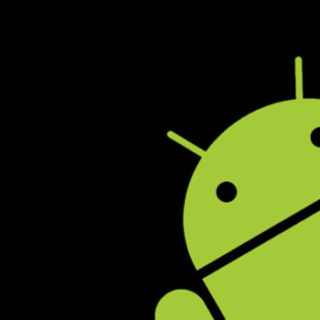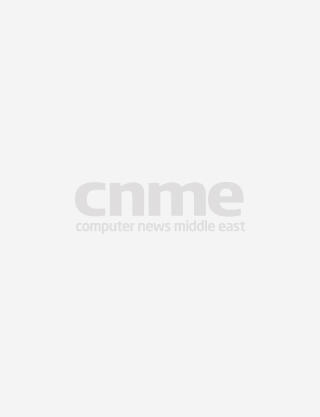Although Saudi Arabia’s King Faisal Foundation instigates a host of positive outbound interactions, the same could not be said of its internal communications. That was until Chief Technology Officer Hazem Jarrar began a fresh unified communications implementation that has transformed the way the company does business.
Established in 1976, the King Faisal Foundation (KFF) is a philanthropic organisation formed by the sons and daughters of the late King Faisal bin Abdulaziz, who reigned as Saudi Arabia’s monarch from 1964 until his death in 1975. KFF’s ideals have been to “preserve and perpetuate” the legacy of King Faisal, “who had his eyes set on advancement while keeping a foot in tradition.”
KFF has two arms – the income arm, which deals with investments, including building management and hospitality projects, and the philanthropic arm, which deals with the receipt of charitable donations. Combined, their resources are pooled to invest in philanthropic projects around the world including building schools, universities, mosques, medical centres and research institutes.
With $1 million in prize money, the Foundation’s King Faisal International Prize is an internationally acclaimed accolade that honours those who have excelled in service to Islam, Islamic Studies, Arabic Language and Literature, Medicine, and Science. KFF also runs a range of projects throughout the Kingdom, including the female-only Effat University in Jeddah – the first of its kind in the Kingdom – and the King Faisal Centre for Research and Islamic Studies.
KFF is governed by King Faisal’s sons, and for them, technology is a vital driver for their ability to communicate across the vast land mass that is the Kingdom. Hazem Jarrar is tasked with supporting this senior management team with technology innovation that can ensure their high-level dialogue is seamless and secure, and that operations are consistent and concise. However, until relatively recently, that had been a major issue for the company.
“We’d faced a host of problems in terms of internal communications,” Jarrar says. “There was a lack of chat services, telephony and online meetings, calendar sharing, and document sharing and editing.” The shortcomings in these tools not only meant that the company was outdated in its technology, but also that it was delayed in its productivity.
“There’d been severe time delays which were having a negative impact on operations,” Jarrar says. “Transporting paper between offices was a serious waste, while the editing of data was a business burden. Time is money, and accomplishing things is what matters, so we needed to shorten the time needed for these processes.”
After a series of evaluations and conversations with the company’s senior management, Jarrar decided that a modern unified communications solution was needed to give KFF the extra zest that was in a modern organisation.
Diligent Jarrar always prized the importance of several key criteria when making the overall product selections that would form the solution. “There are three focal points to my selection process,” he says. “First and foremost is the quality of the tool. There’s no point in satisfying other business objectives if you can’t achieve that. Secondly, you can’t overspend. The tool must come at a reasonable price and be justifiable to senior management. Last but not least, local support is significant. At the very least a vendor must offer a swift online response service if they don’t have a presence here.”
After much consideration, Jarrar opted for a blend of Citrix GoToMeeting, Cisco WebEx and TeamViewer software to form a flexible unified communications solution.
Compatibility concerns were also at the forefront of Jarrar’s thinking around the implementation. “Integration into our current operations architecture was important,” he says. “It’s common that a lack of compatibility will get in the way, where the software installed needs to fit with Linux servers.” Mobility was another important part in the widespread use of the new solution. As with any typical office workspace, employees demanded to interact over mobile devices. “We initially provided them with laptops and tablets so that they could use the solution, but they inevitably used them for personal applications, which posed a security risk,” Jarrar says. “We eventually decided to let them bring their own devices, and secured them on their behalf. The challenge now is to support these devices.”
Following a successful implementation which involved minimal downtime over a number of months, group productivity has soared. “It allows the team to work as one person,” he says. “It’s easy for colleagues to collaborate with each other, and that is the most important – although intangible – result as it is directly serving the Foundation. Reducing bureaucracy between departments, and being able to monitor achievements is a crucial value-add.”
As well as being mobile-compatible, the ability for employees to access the solution from anywhere via the cloud has been a dynamic addition to the company. “The solution allows them to work from home and gives them flexibility in their delivery of tasks, which is a major benefit,” Jarrar says.
The documentation of meetings has also been eased by the changes. Via a $3,000 investment in a Google private cloud solution, the Foundation is now able to record video meetings and then, once approved by certain administrators, made accessible to privileged employees. “This is significant for the business,” Jarrar says.
As well as boosting productivity, the project has hiked user satisfaction, enhancing the reputation of Jarrar and his team. Following the success of the changes, Jarrar has been granted the budget to rebuild the company’s data centre. “As a CTO, my work relates to the assistance of the upper management with technology,” he says. “I’m delighted that the success of the project has been acknowledged and that I can help the business move forward with the new data centre facility.”














